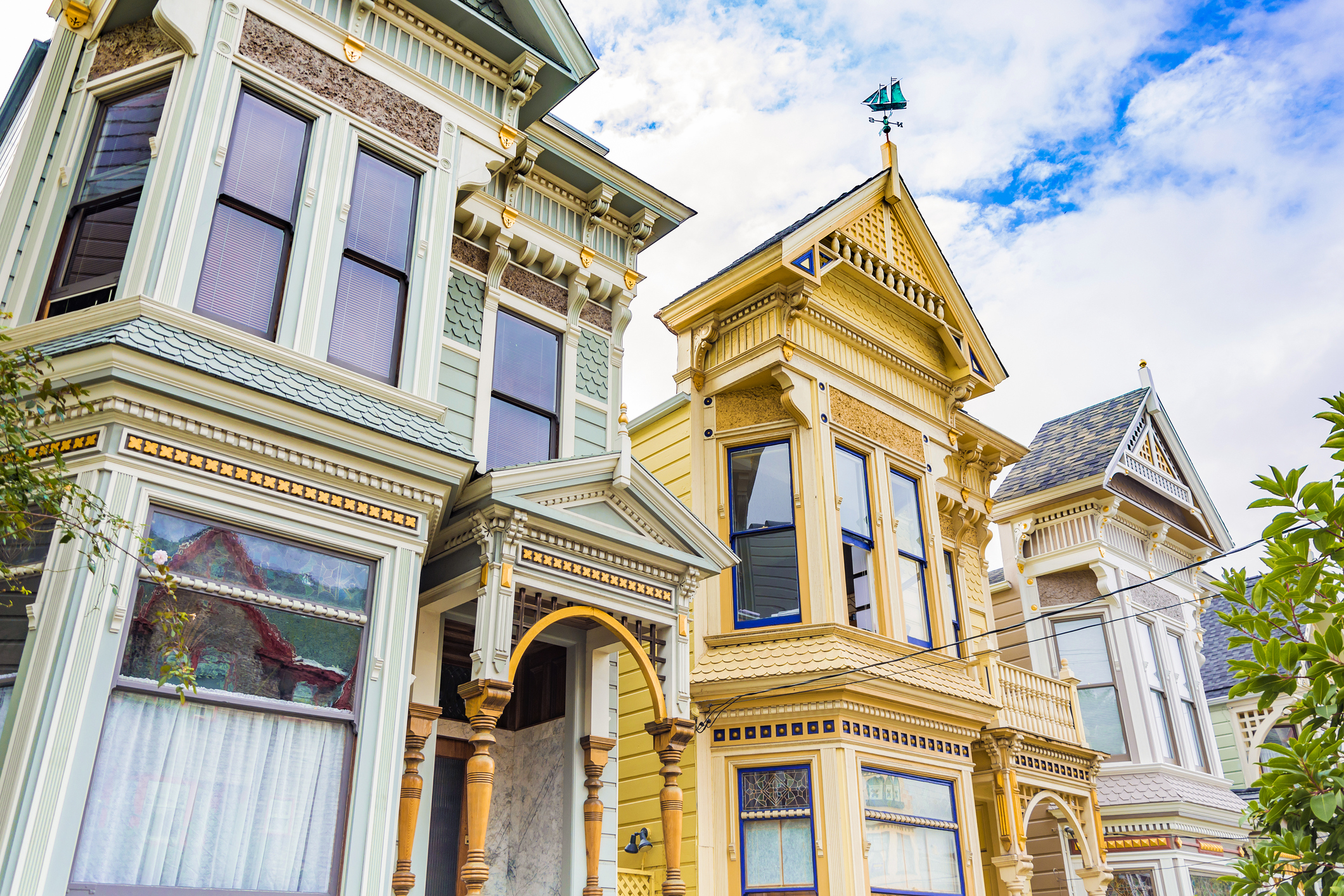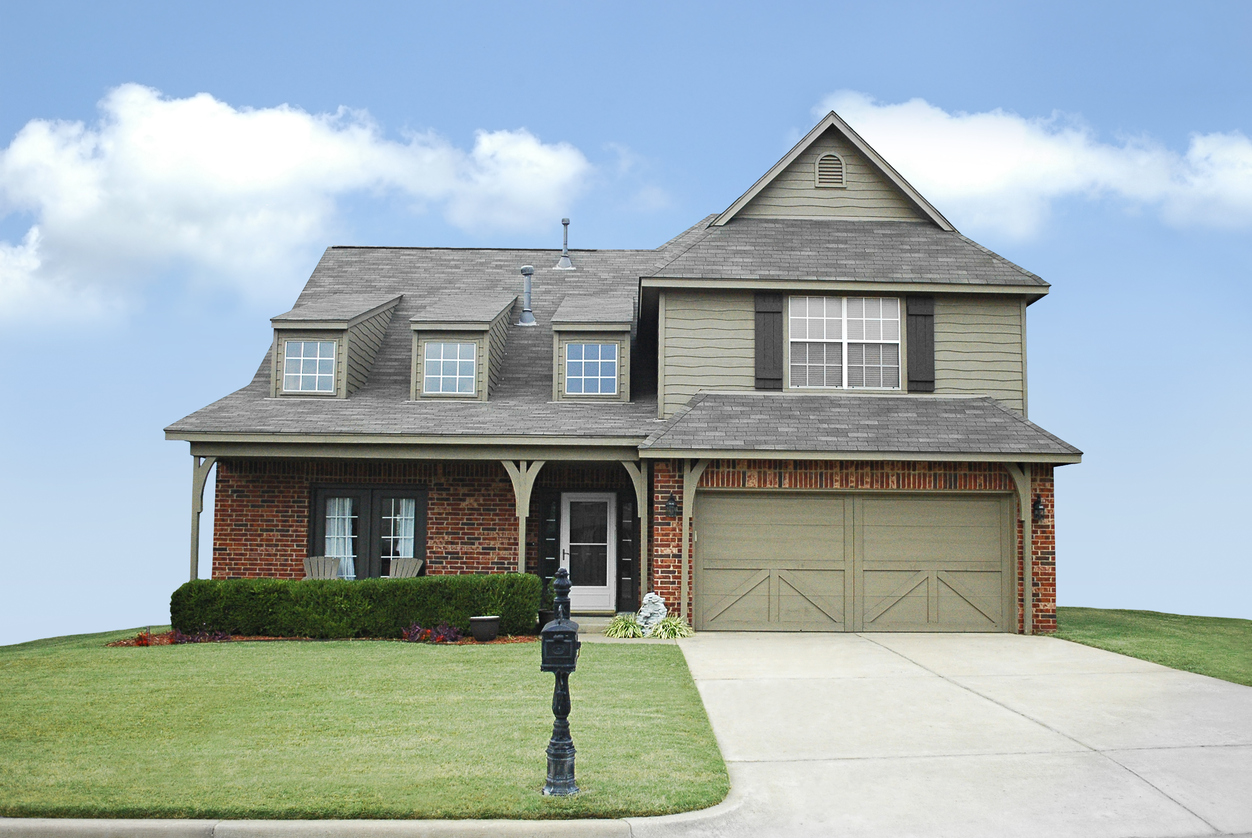The fascinating stories hidden in America's old architecture
From rowhouses to bungalows, each city has its own signature building that tells us how locals used to live


Whenever I go to a new city, I like to look at its identifying buildings. I don't mean the formal attractions — museums, basilicas, libraries, and so on — but the ordinary and yet very particular buildings, the houses and shops that share a unique local coherence.
Perhaps you know the sort of building I mean. In Baltimore and Washington, it's rowhouses. In New Orleans and much of the deep South, it's shotgun shacks. In many black communities around the country, the stoop or porch is key. In my home in the Twin Cities, as around the Midwest, it's workers' cottages, folk Victorians, and bungalows. In Xijiang, a community of Miao people in southern China, it's intricate wood-shingled houses stacked on steep hills by terraced rice paddies. In Edinburgh, it's amazingly tall pre-steel towers, stone structures of 10 stories or more huddled inside the ancient city walls for the safety of the castle's sword.

All of this is vernacular architecture, which simply means it's built by normal people. It's "architecture without architects," the houses and other smaller-scale buildings that spring up organically in any given place, their style, materials, and purpose specifically suited to their locale. Vernacular architecture communicates not what city bigwigs want you to see but who the ordinary people are and how they live.
The Week
Escape your echo chamber. Get the facts behind the news, plus analysis from multiple perspectives.

Sign up for The Week's Free Newsletters
From our morning news briefing to a weekly Good News Newsletter, get the best of The Week delivered directly to your inbox.
From our morning news briefing to a weekly Good News Newsletter, get the best of The Week delivered directly to your inbox.
Sadly, here in the United States, vernacular architecture is very nearly dead. We have thoroughly industrialized construction, and with that standardization has come a miserable homogeneity. Big cities get glass towers. Mid-sized cities get the four- or five-story apartment building over commercial space with willfully mismatched siding. The suburbs get an endless feed of houses I have, with malice, privately dubbed, "Hello, and welcome to my garage." And so in vast swaths of our country, our buildings are so insipid you might look out the window and wonder where you are. Sometimes, as with chain restaurants, our newer buildings are quite literally the same, but more often they simply follow a dull pattern made possible by modern heating, cooling, and materials transport technologies that combine to erase local styles.

My father is an inveterate traveler, spending his retirement zipping around the country on his motorcycle, and he wonders why I don't share his appetite for the highway. The answer is that when you've seen one Applebee's-Holiday Inn-Subway-Starbucks combo, you've seen them all. There are many singular and delightful places in America, but they are separated by miles and miles of architecturally formless void.
Where an Applebee's or welcome-to-my-garage house is aesthetically and historically mute, vernacular architecture won't shut up. It tells so much about what places and people were like in prior generations — how they used their homes and what they valued. And once you learn about the general way people built before the sameness oozed into town, you can catch all sorts of revealing and forgotten details.
Guided by Houses without Names, a monograph penned by a historian of vernacular architecture on common homes in America, I have done a little of this exploration in my own neighborhood. I identified the layouts of all my friends' houses and informed them about it with a degree of enthusiasm I suspect they did not entirely share. On walks or runs I look for the small windows that signify kitchen sinks to try to divine how each house's innards are arranged. I notice little oddities that must have been the original owners' pride — a stained glass window here, an ornate front door there, one otherwise plain worker's cottage crowned by an oversize bay window with a miniature mansard roof.
A free daily email with the biggest news stories of the day – and the best features from TheWeek.com
My greatest discovery, which I have nicknamed "The Hidden Staircase" in honor of my elementary-era obsession with Nancy Drew, was the actual hidden staircase in our friends' house, two blocks over. There's a trap door in one of their bedrooms, and underneath it a full-size staircase dead ends somewhere behind the kitchen cabinets. This has been a great mystery, as ours is not the sort of neighborhood where anyone ever had servants' stairs. From Houses without Names, a solution presented itself: The grand front staircase, though itself old, is a later addition where an open front porch once sat. It seems some past residents pulled themselves up a rung on the social ladder and promptly expanded their home to let the neighbors know.
This is the kind of curious insight attention to vernacular architecture can uncover. It's a glimpse into your community's past that will never be documented in any history book or featured in any museum. Only you and your ordinary, particular, beautiful buildings will remember.
Bonnie Kristian was a deputy editor and acting editor-in-chief of TheWeek.com. She is a columnist at Christianity Today and author of Untrustworthy: The Knowledge Crisis Breaking Our Brains, Polluting Our Politics, and Corrupting Christian Community (forthcoming 2022) and A Flexible Faith: Rethinking What It Means to Follow Jesus Today (2018). Her writing has also appeared at Time Magazine, CNN, USA Today, Newsweek, the Los Angeles Times, and The American Conservative, among other outlets.
-
 5 fairly vain cartoons about Vanity Fair’s interviews with Susie Wiles
5 fairly vain cartoons about Vanity Fair’s interviews with Susie WilesCartoon Artists take on demolition derby, alcoholic personality, and more
-
 Joanna Trollope: novelist who had a No. 1 bestseller with The Rector’s Wife
Joanna Trollope: novelist who had a No. 1 bestseller with The Rector’s WifeIn the Spotlight Trollope found fame with intelligent novels about the dramas and dilemmas of modern women
-
 Codeword: December 20, 2025
Codeword: December 20, 2025The daily codeword puzzle from The Week
